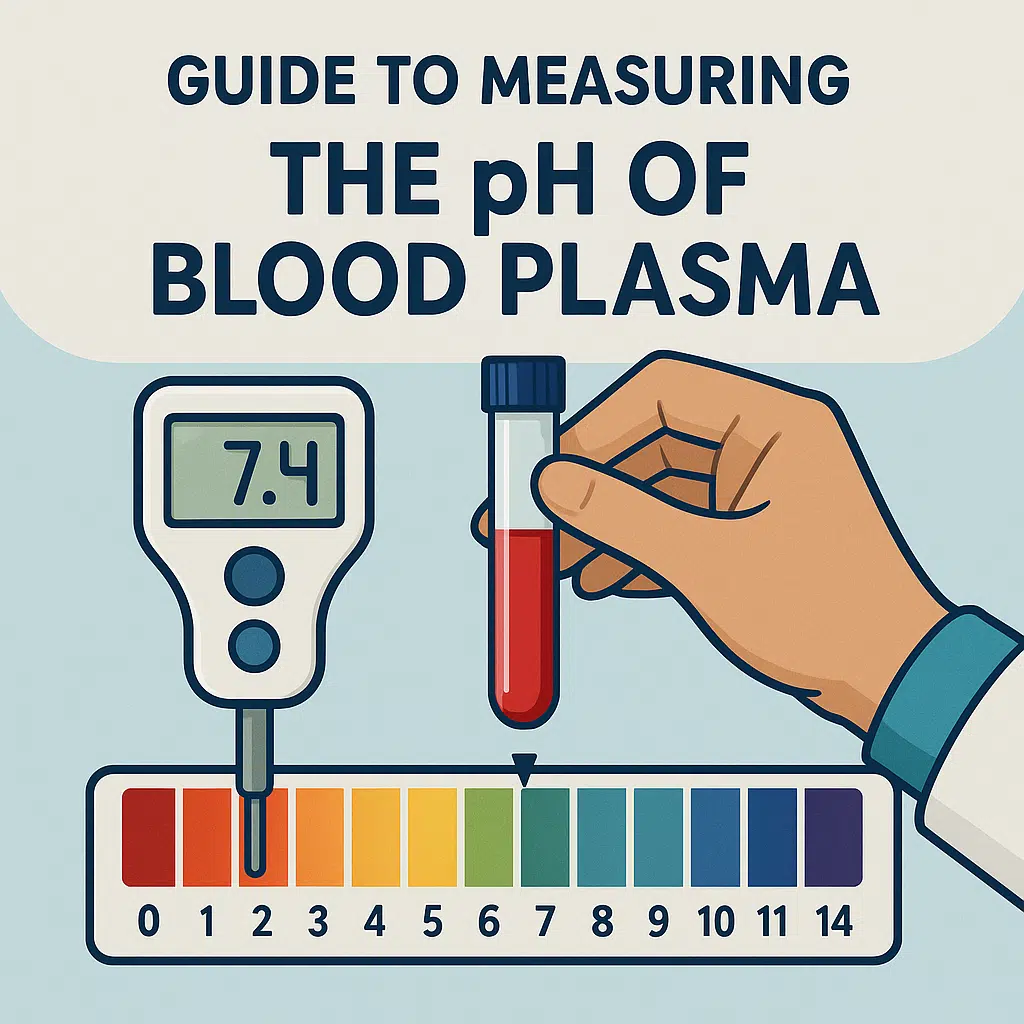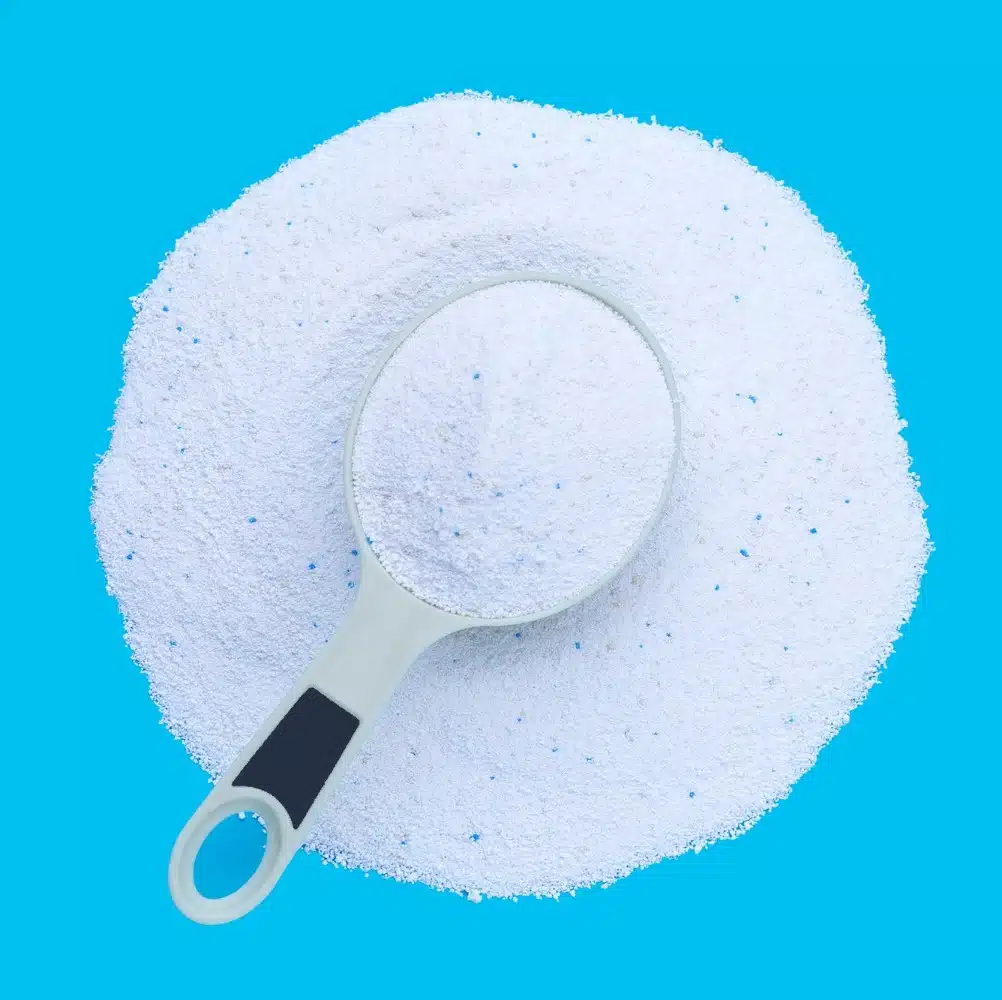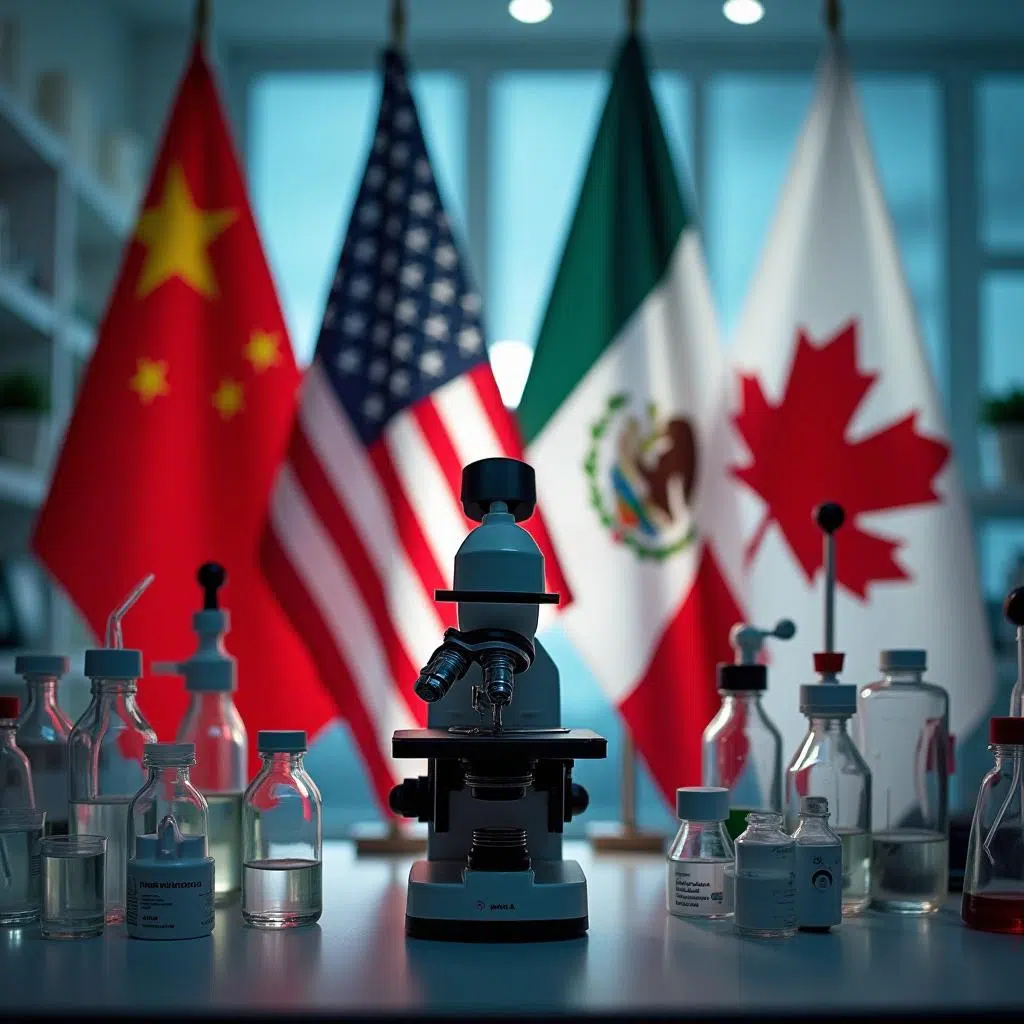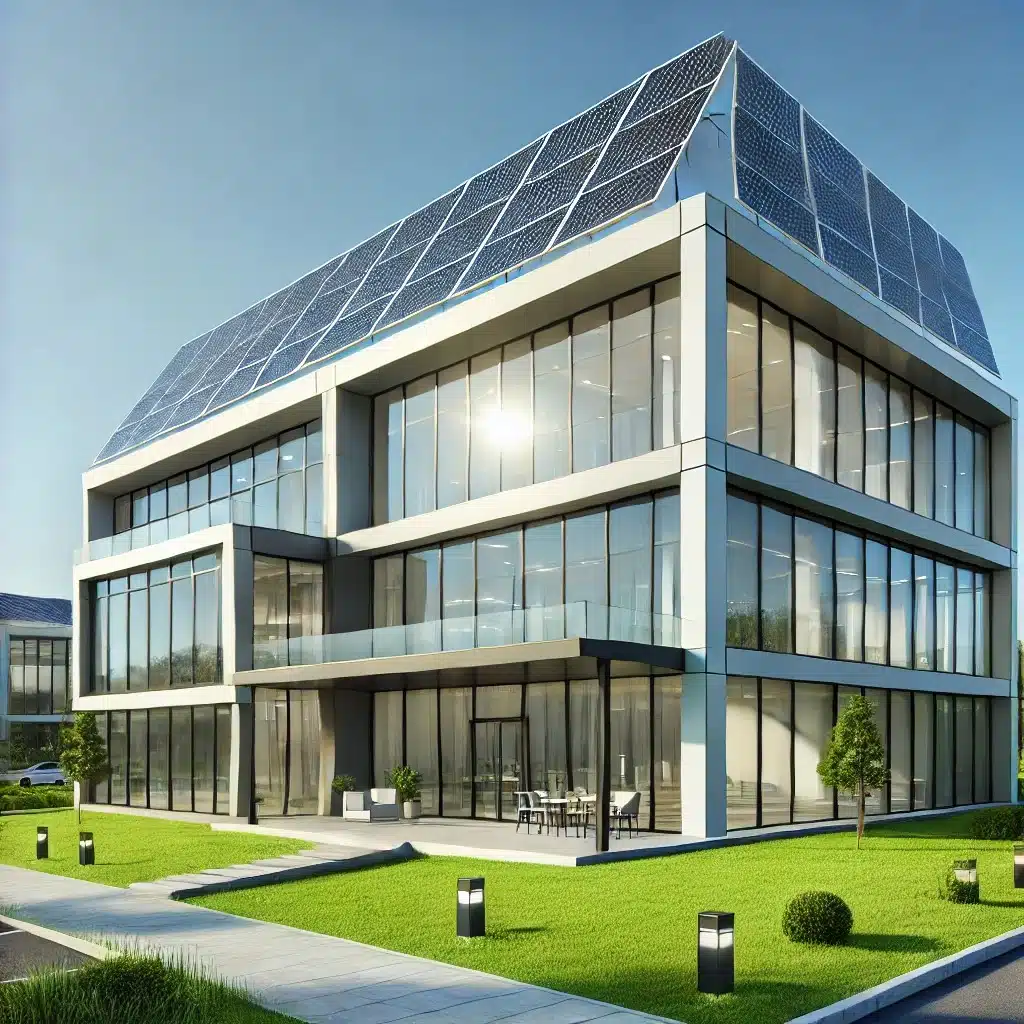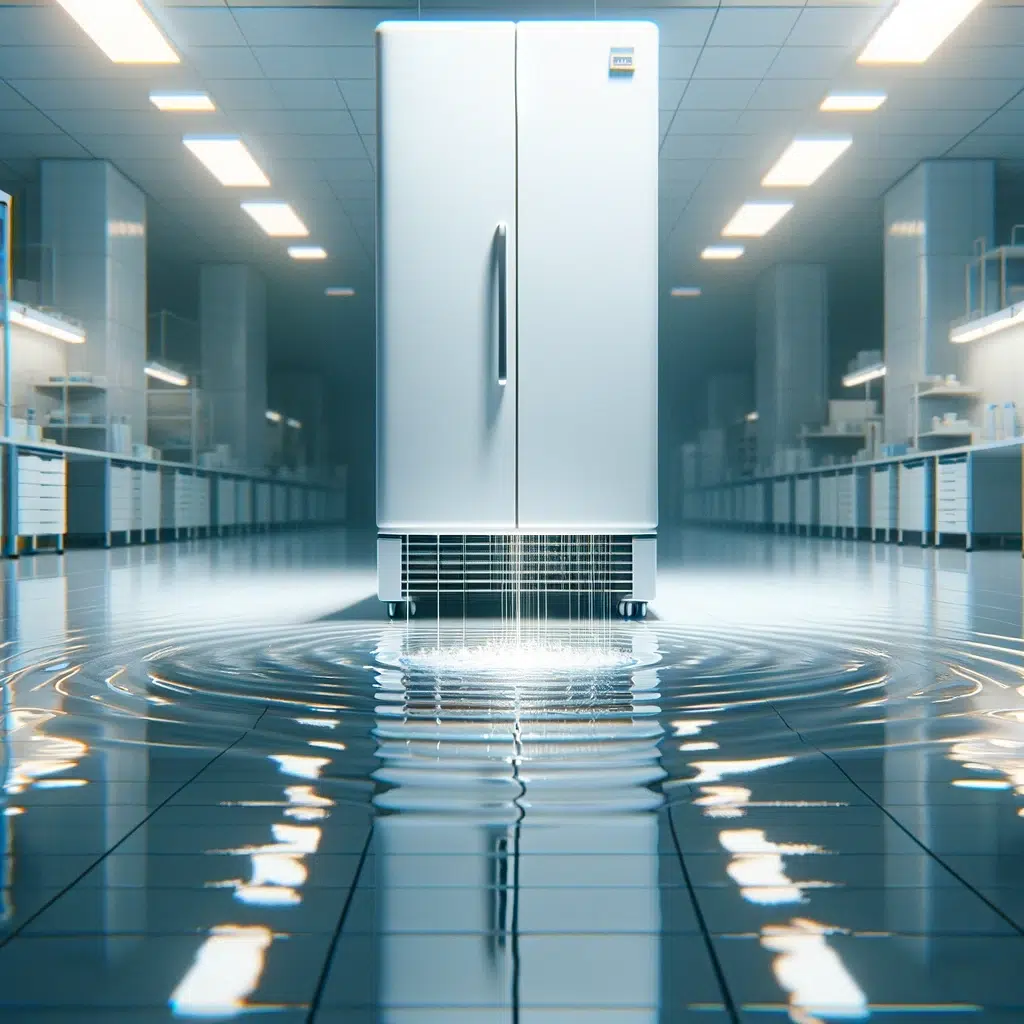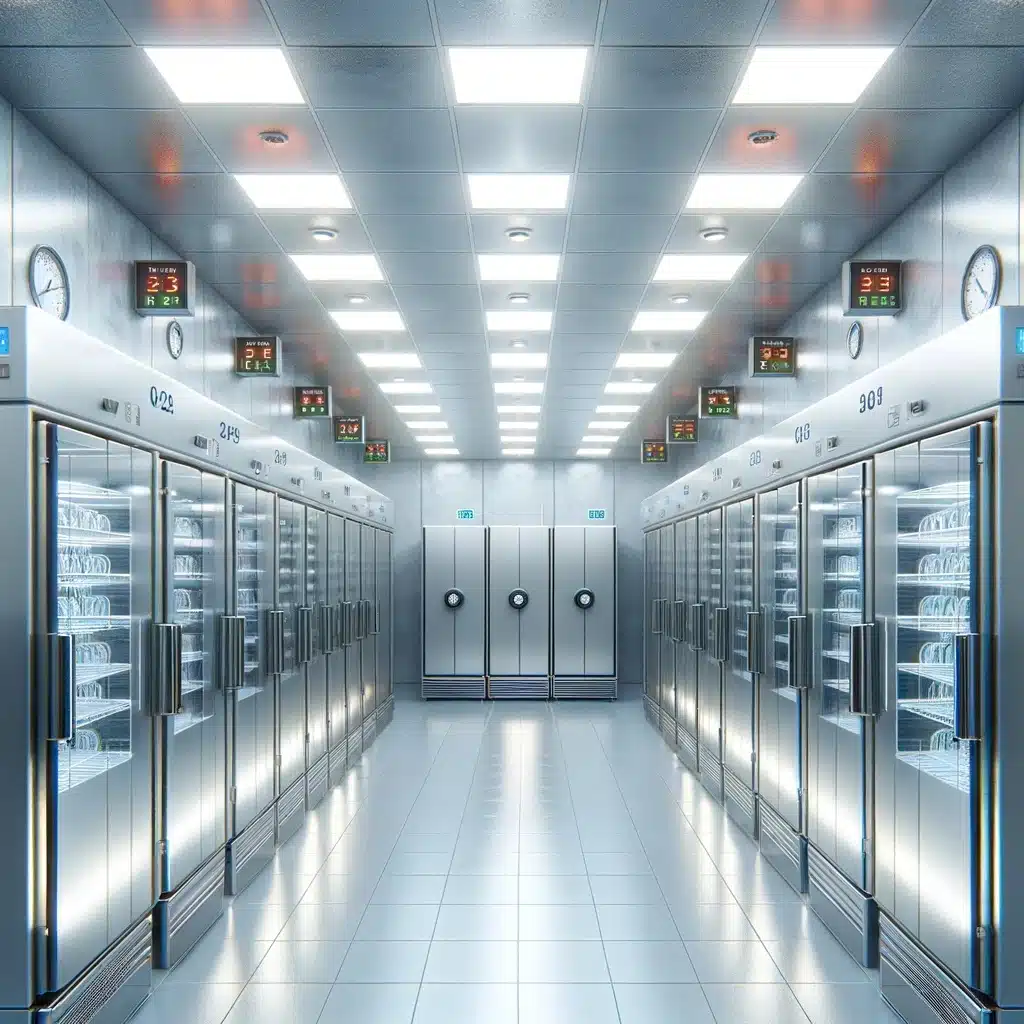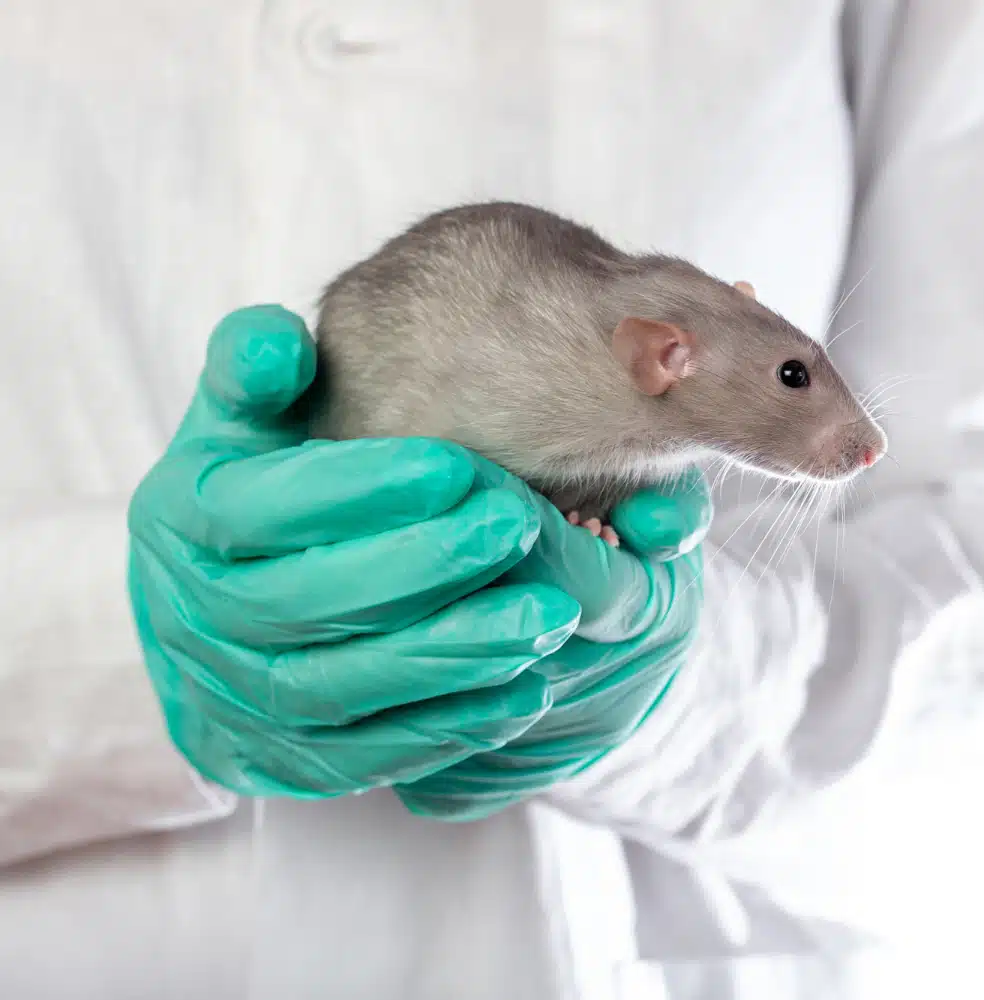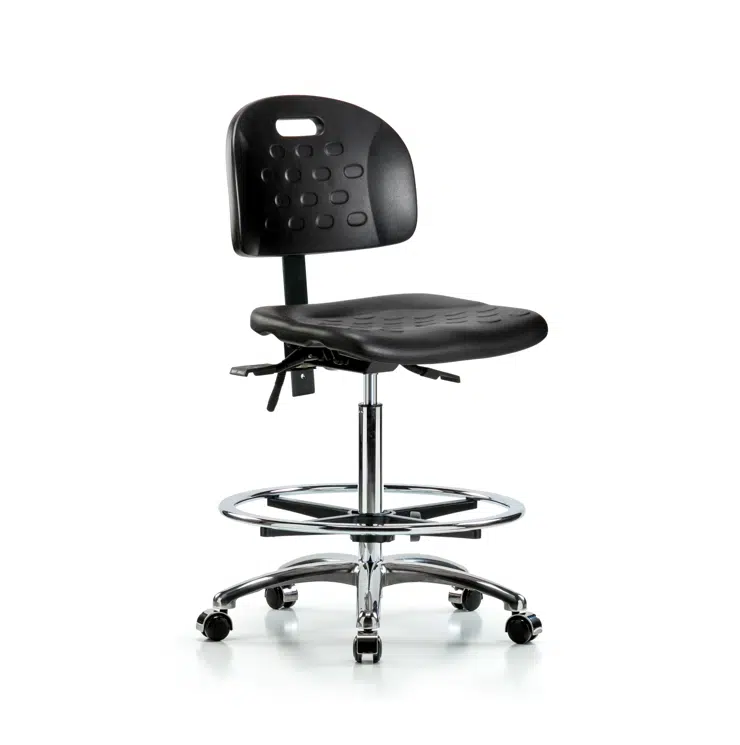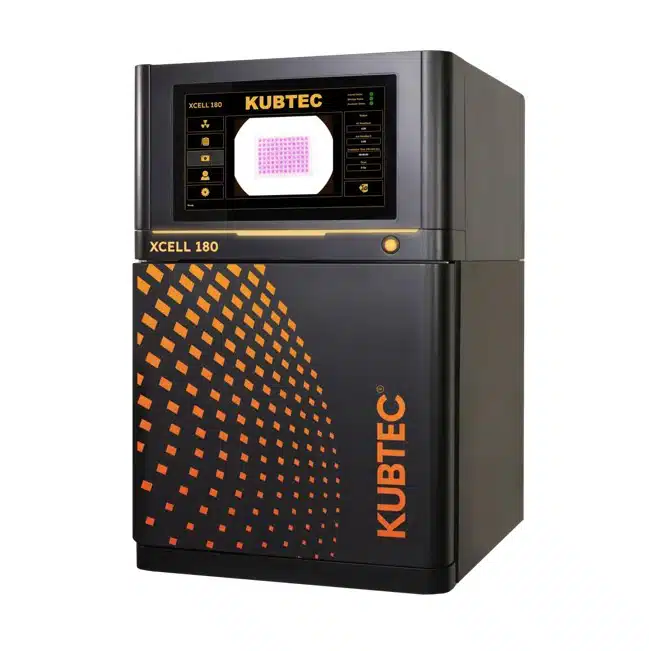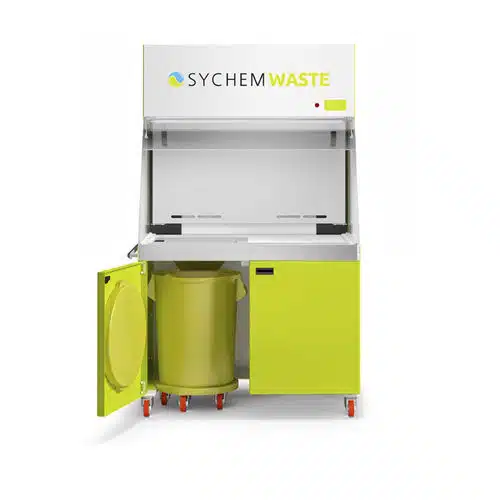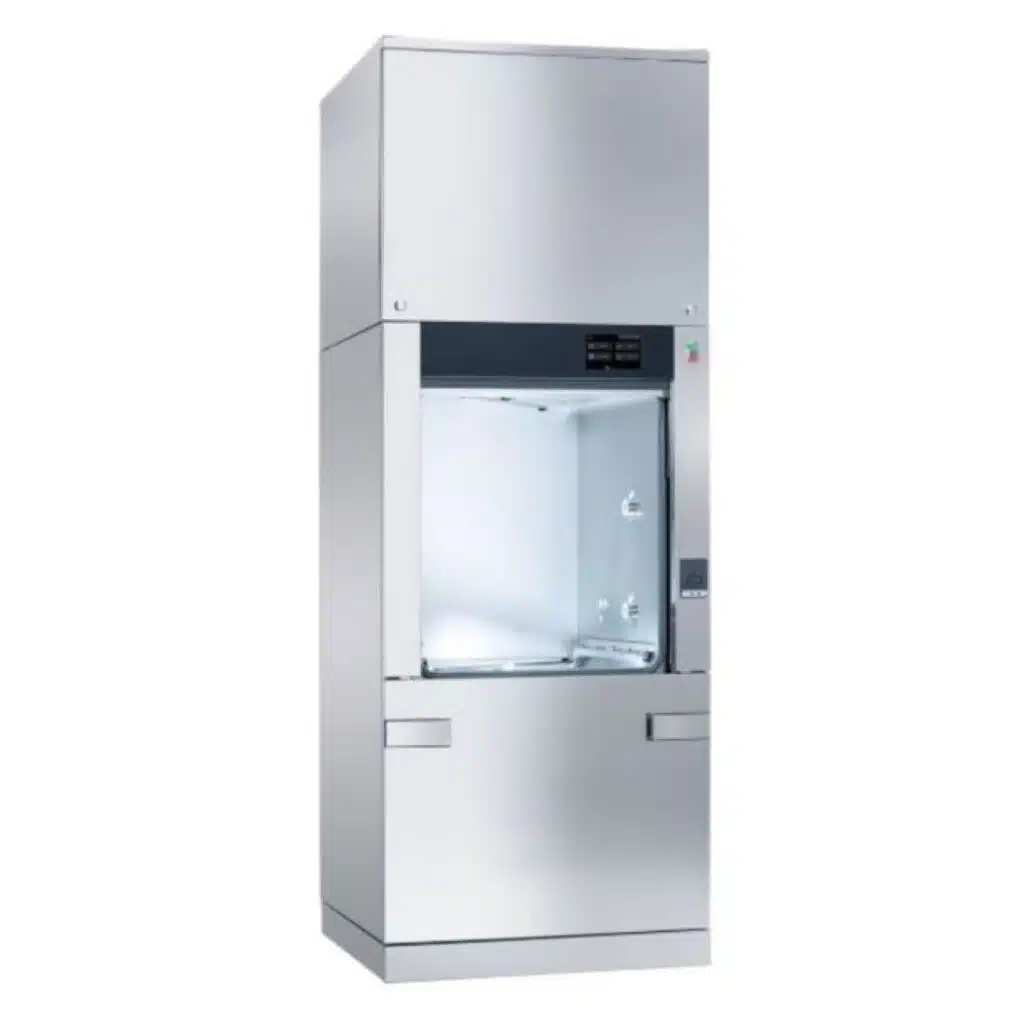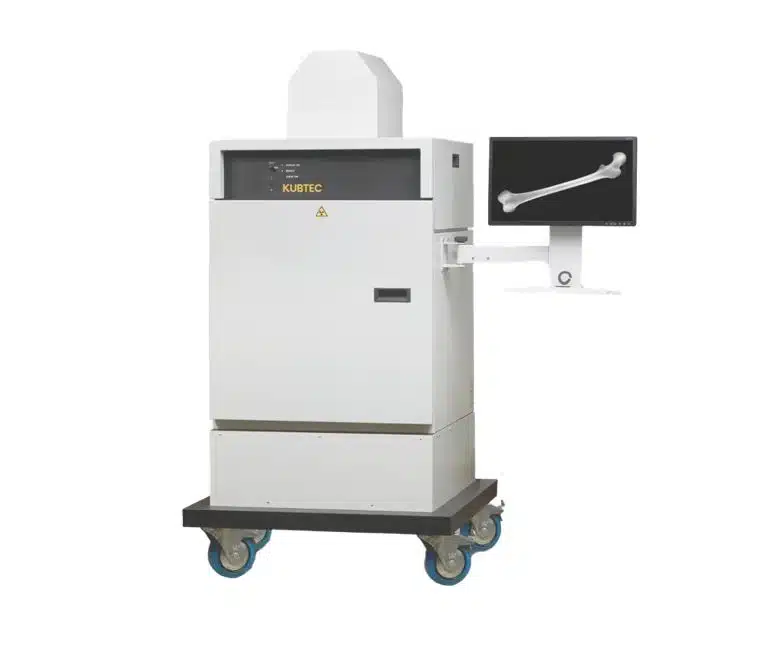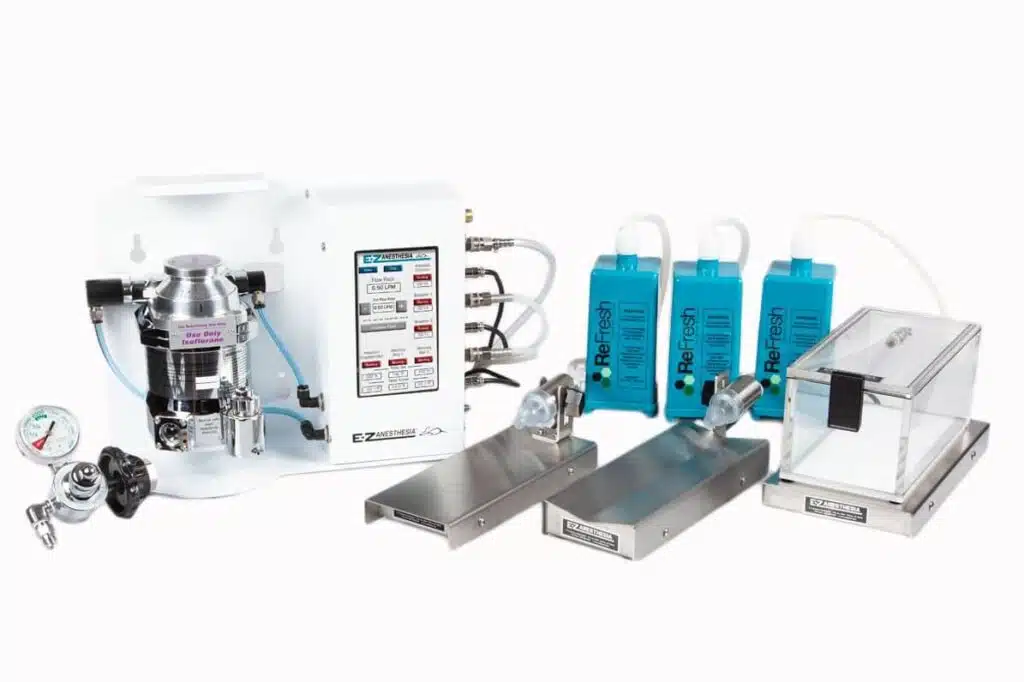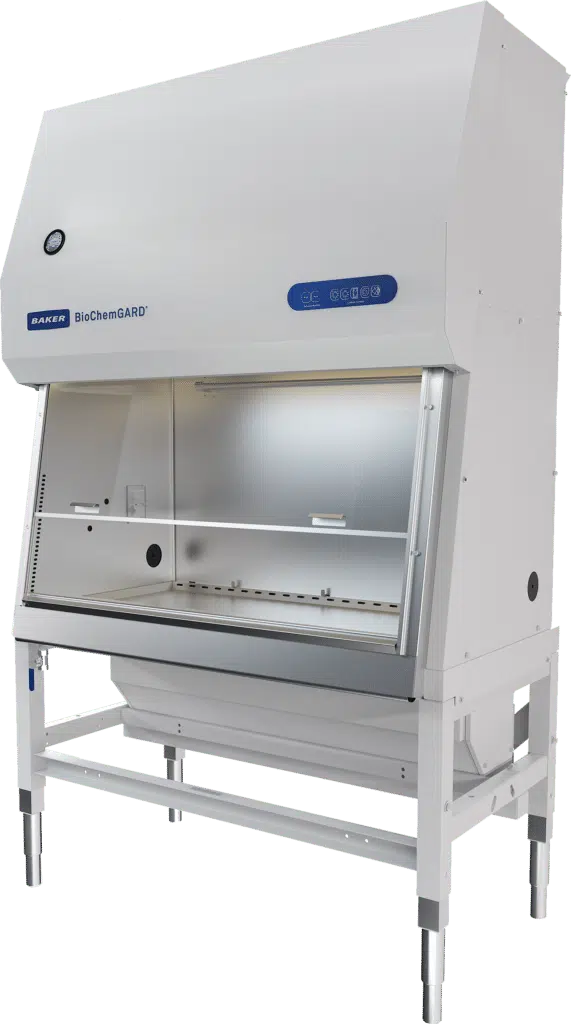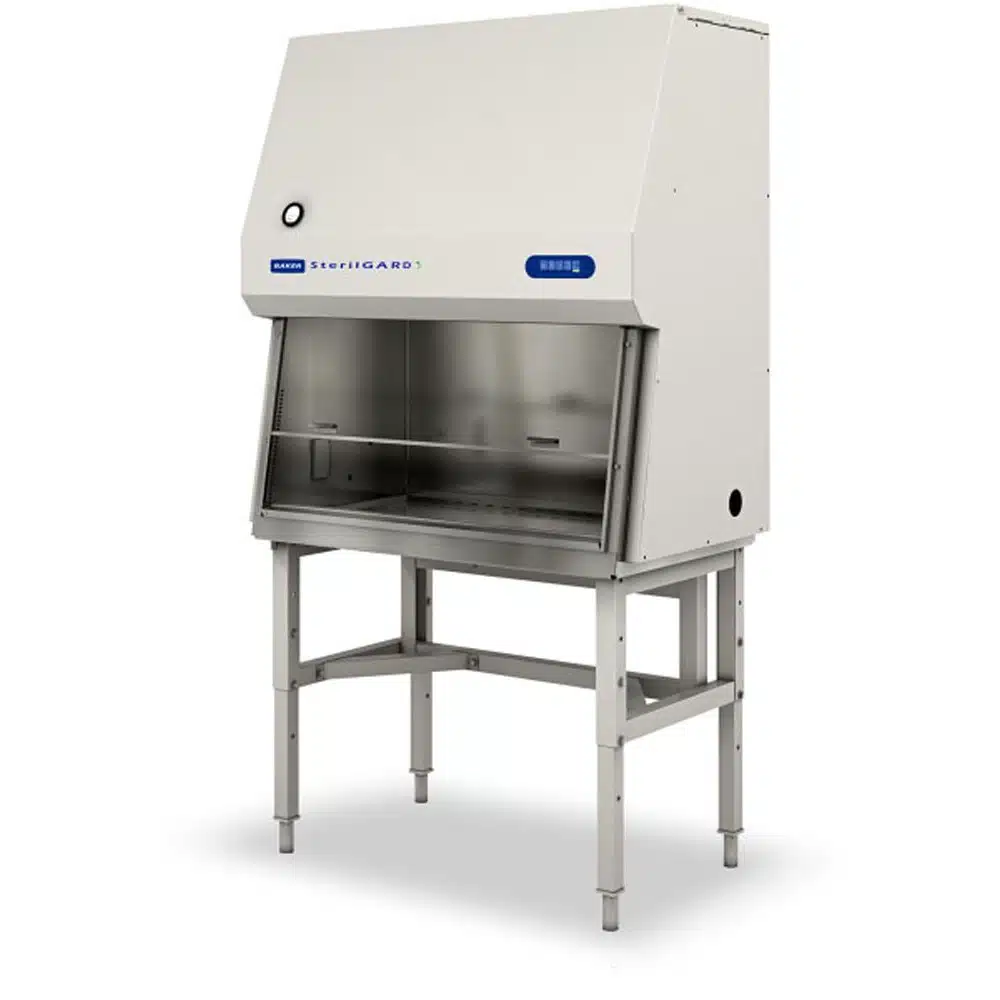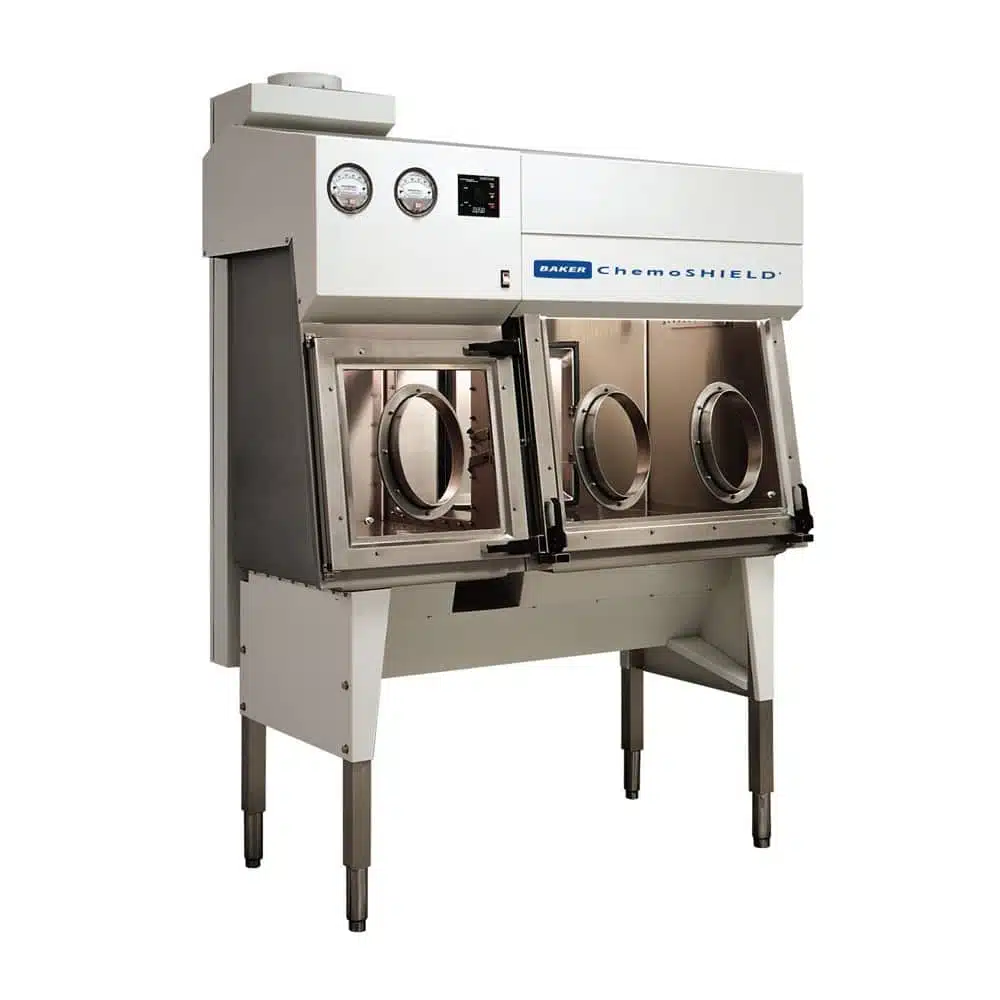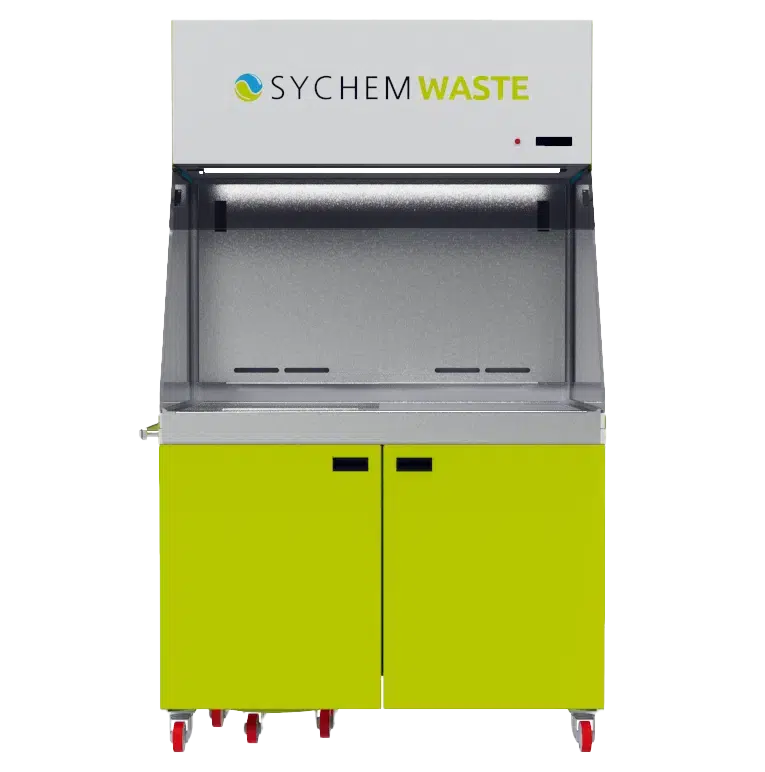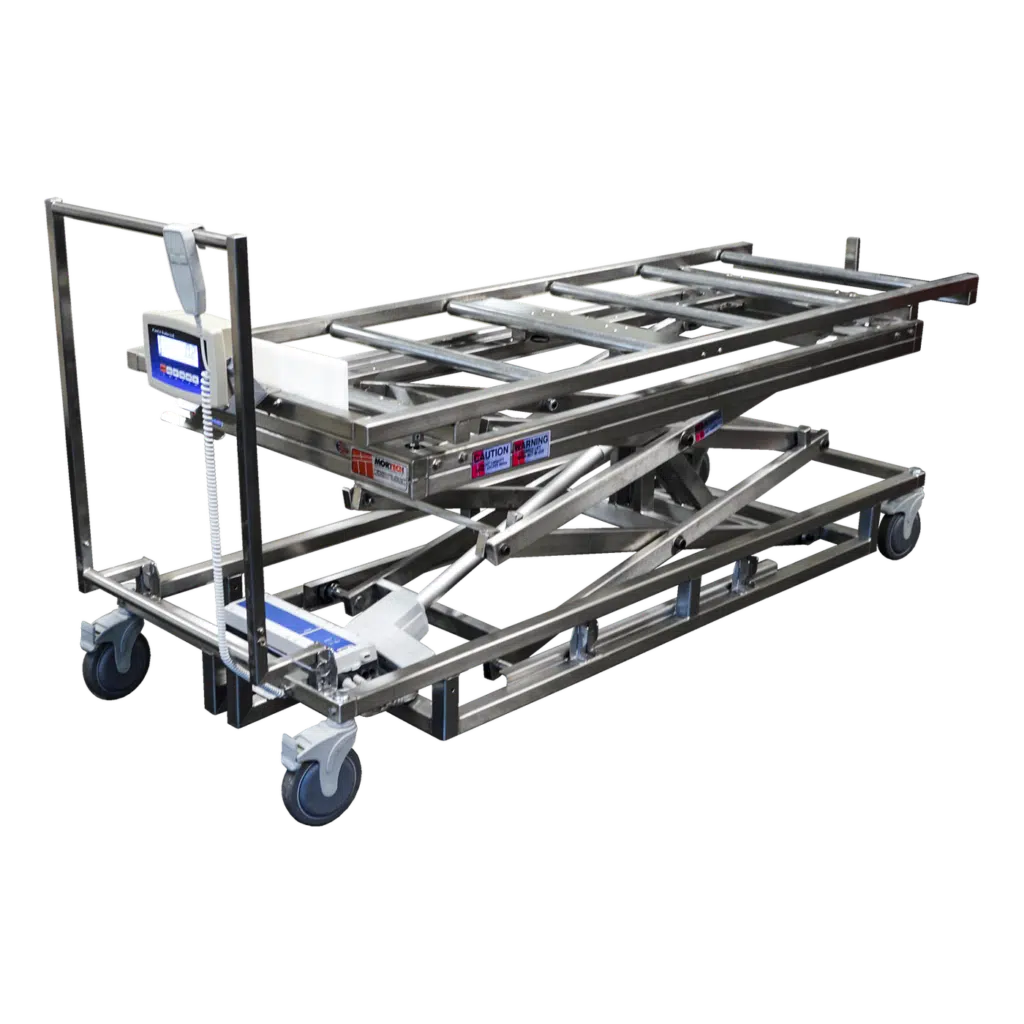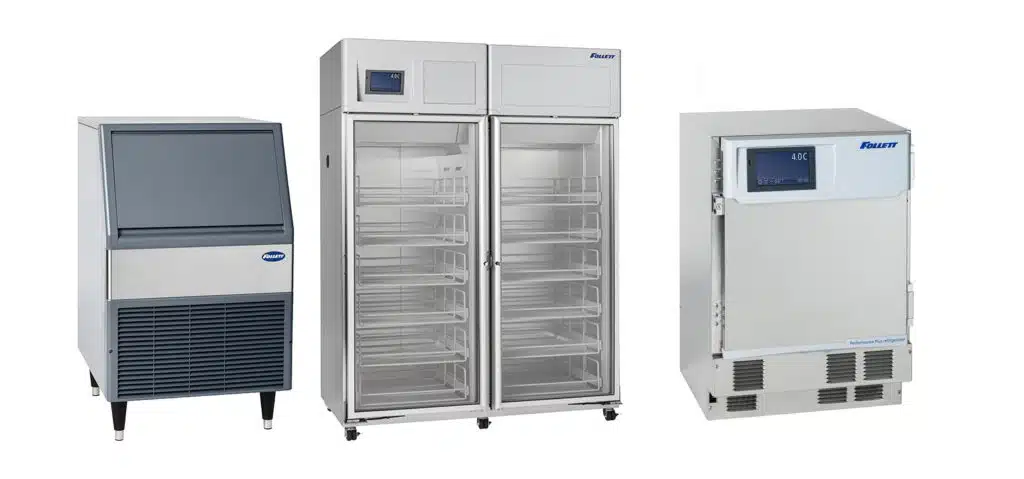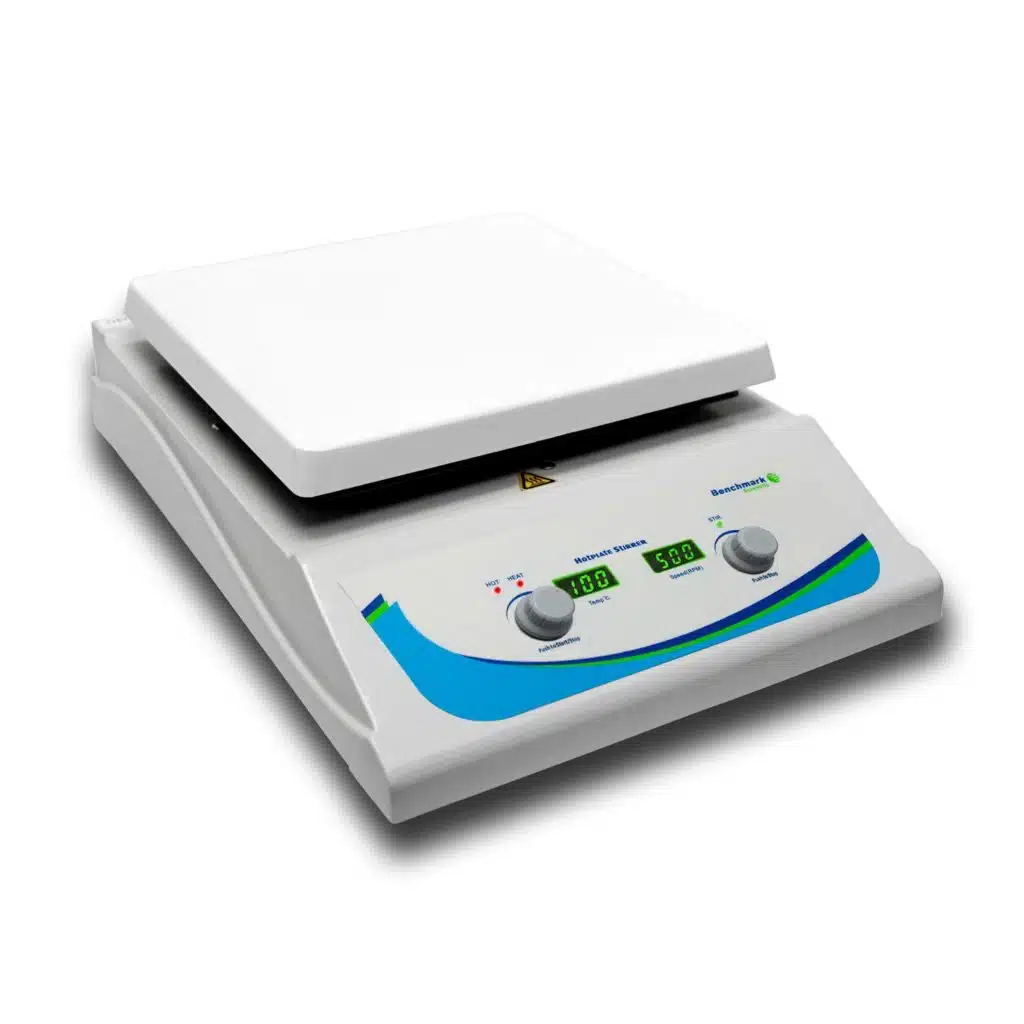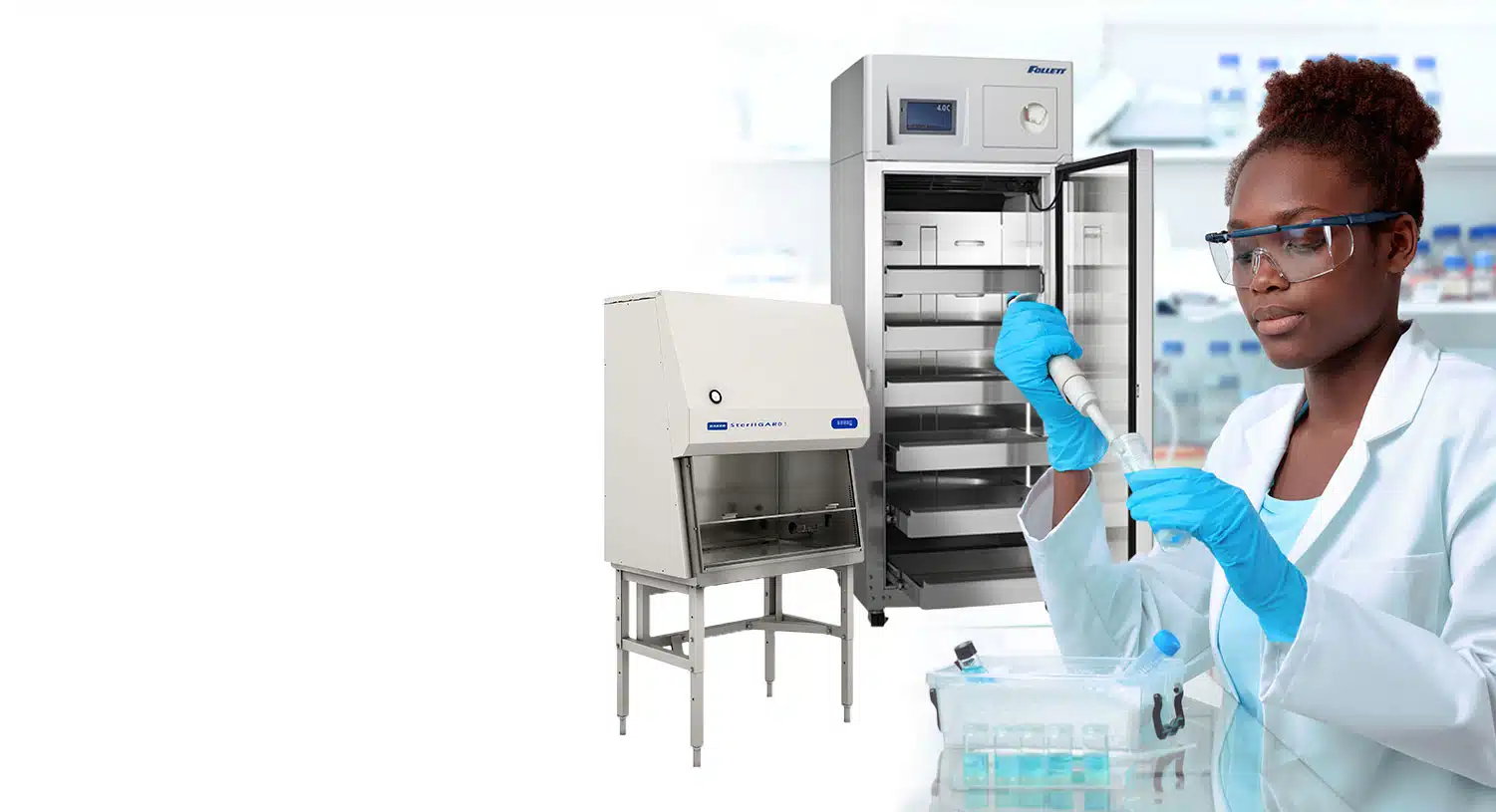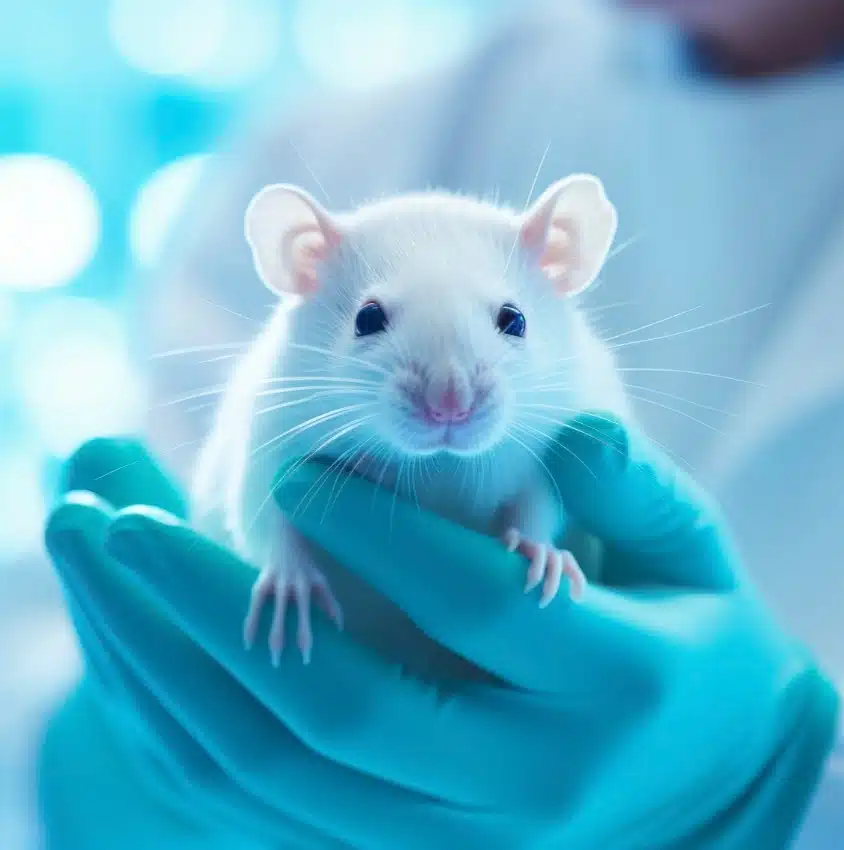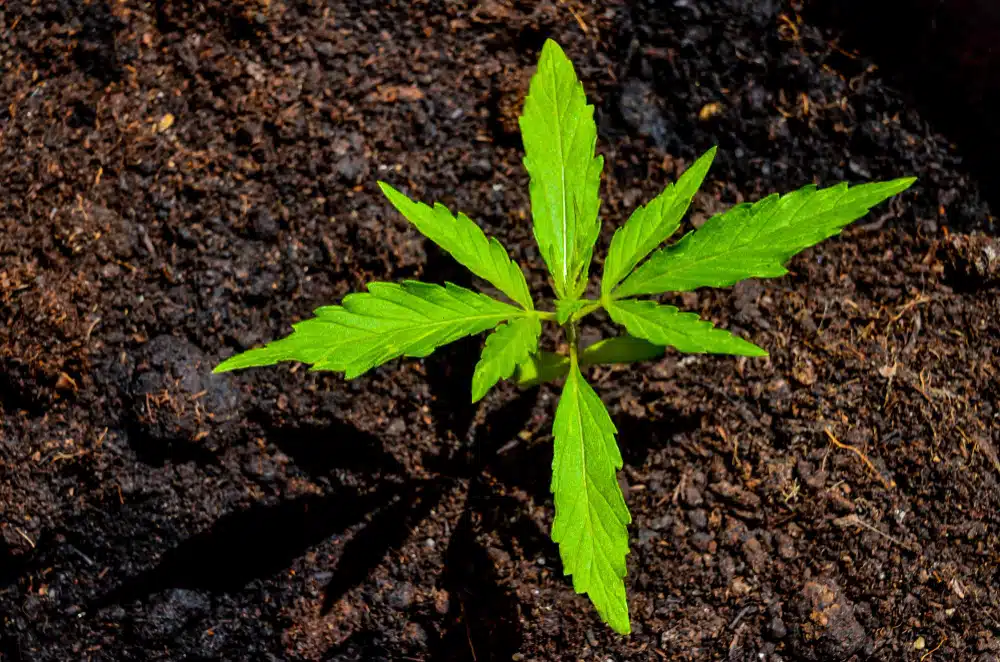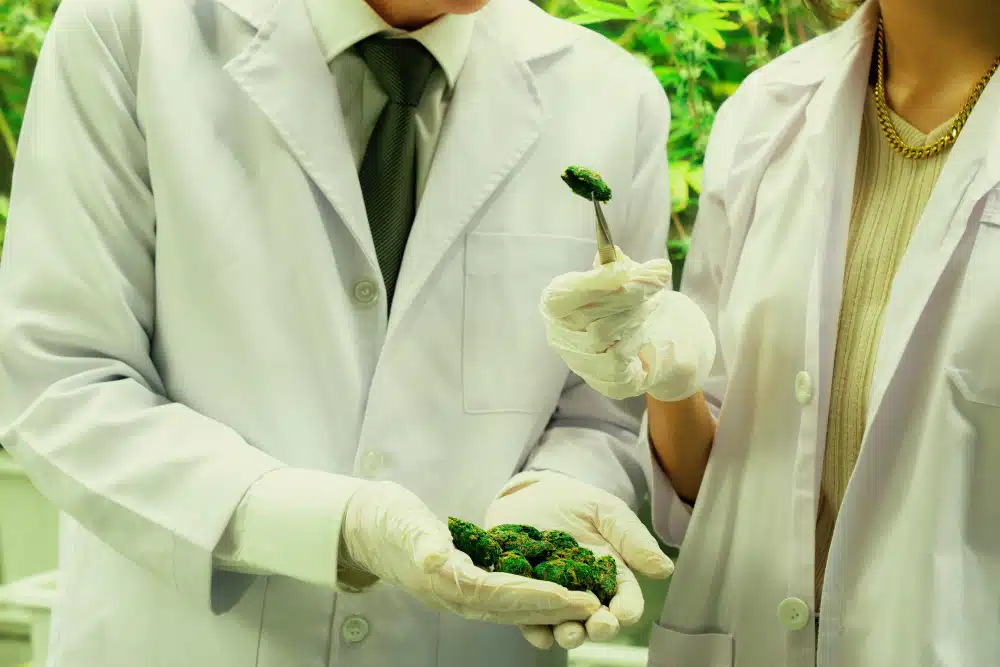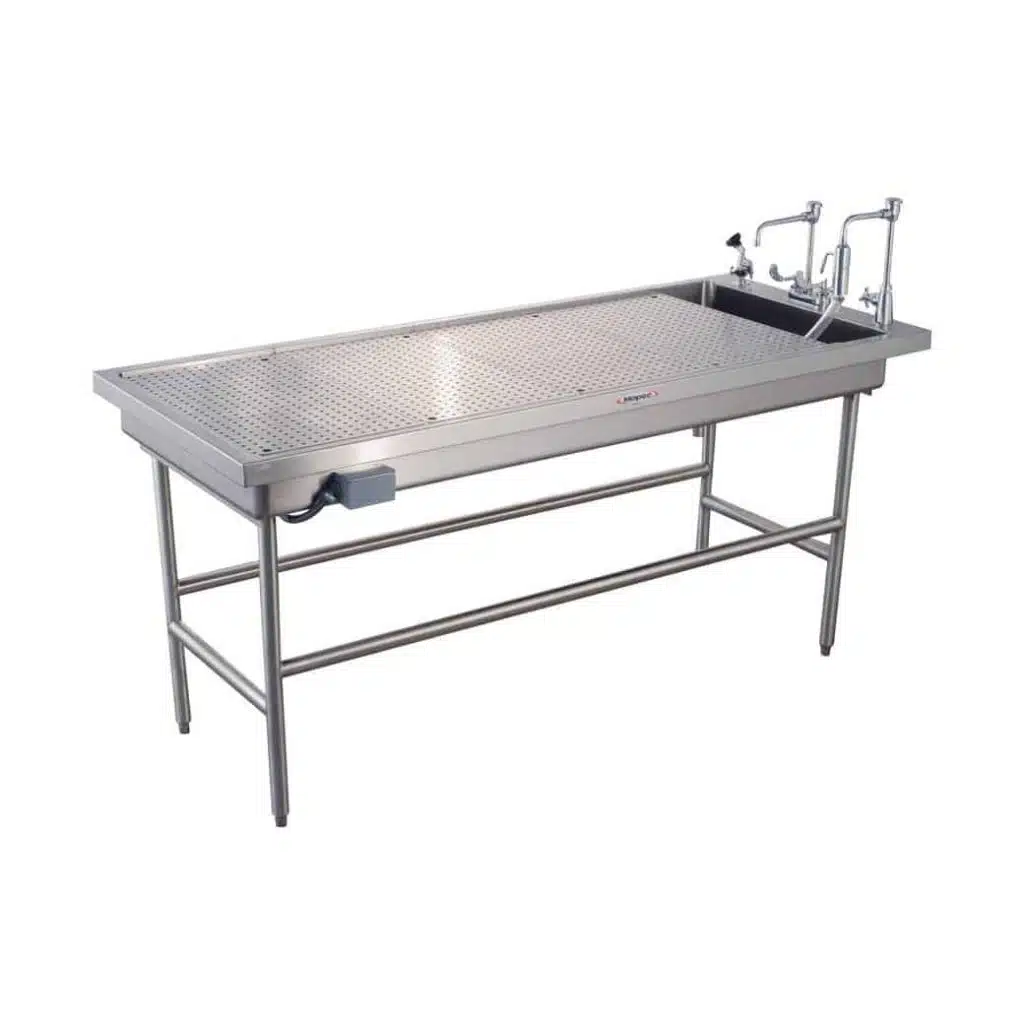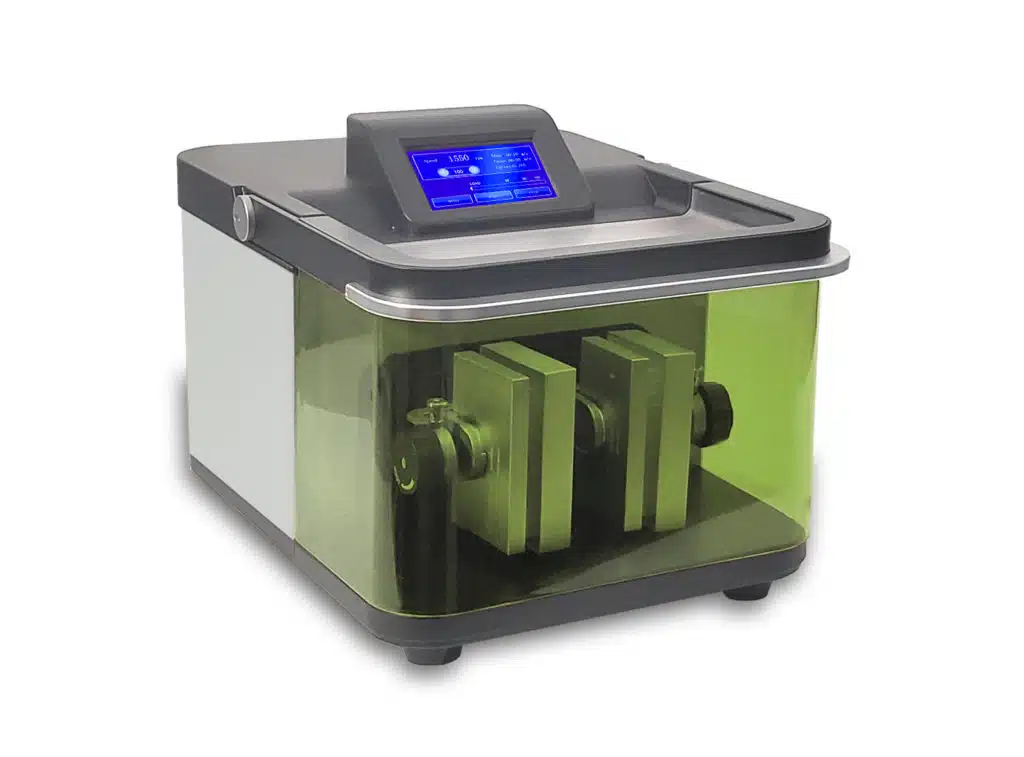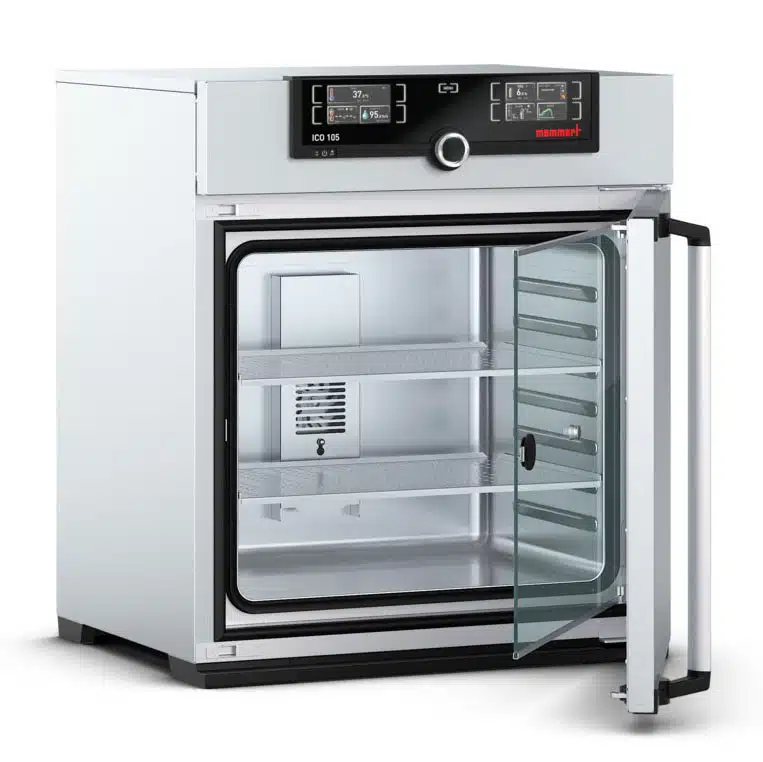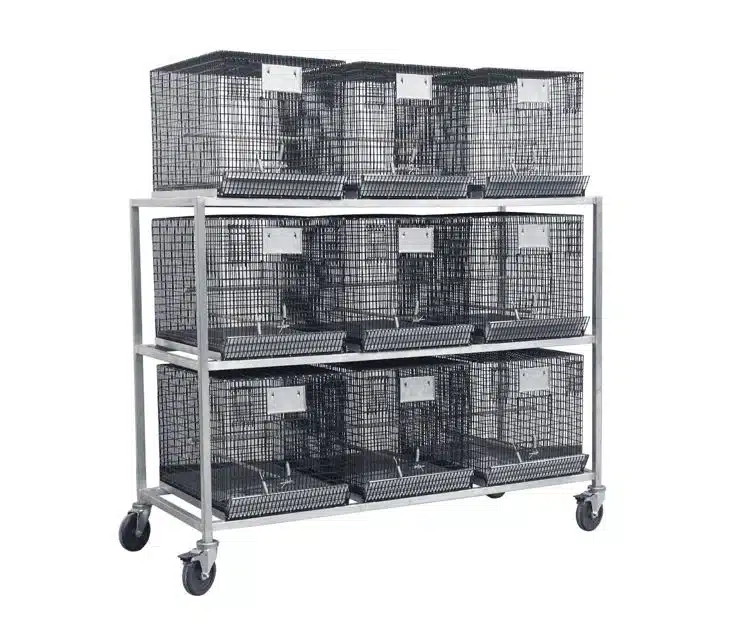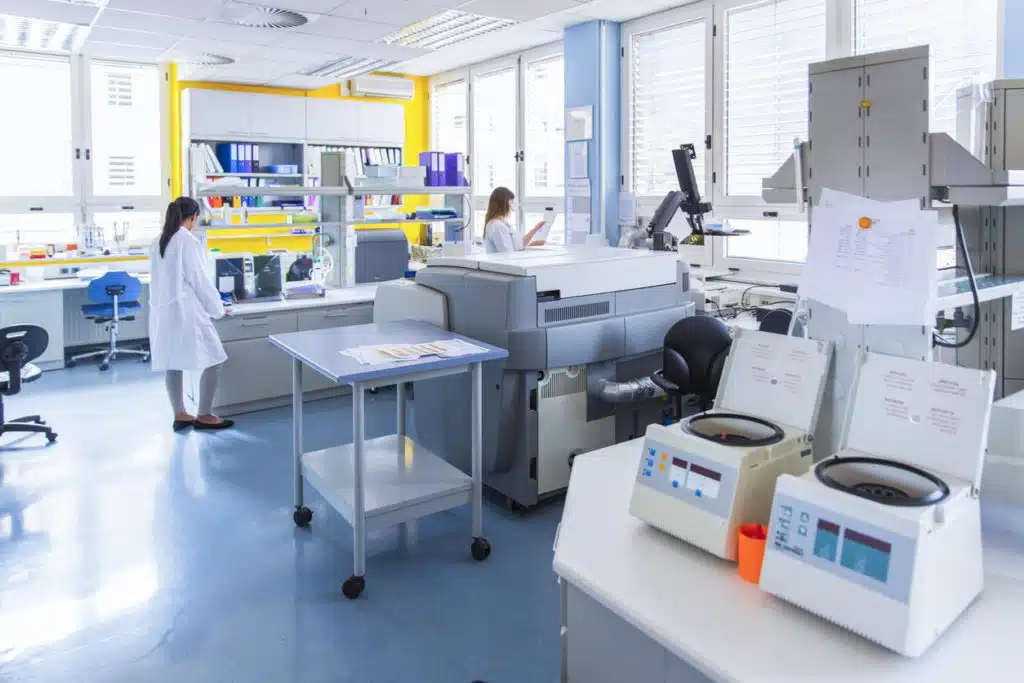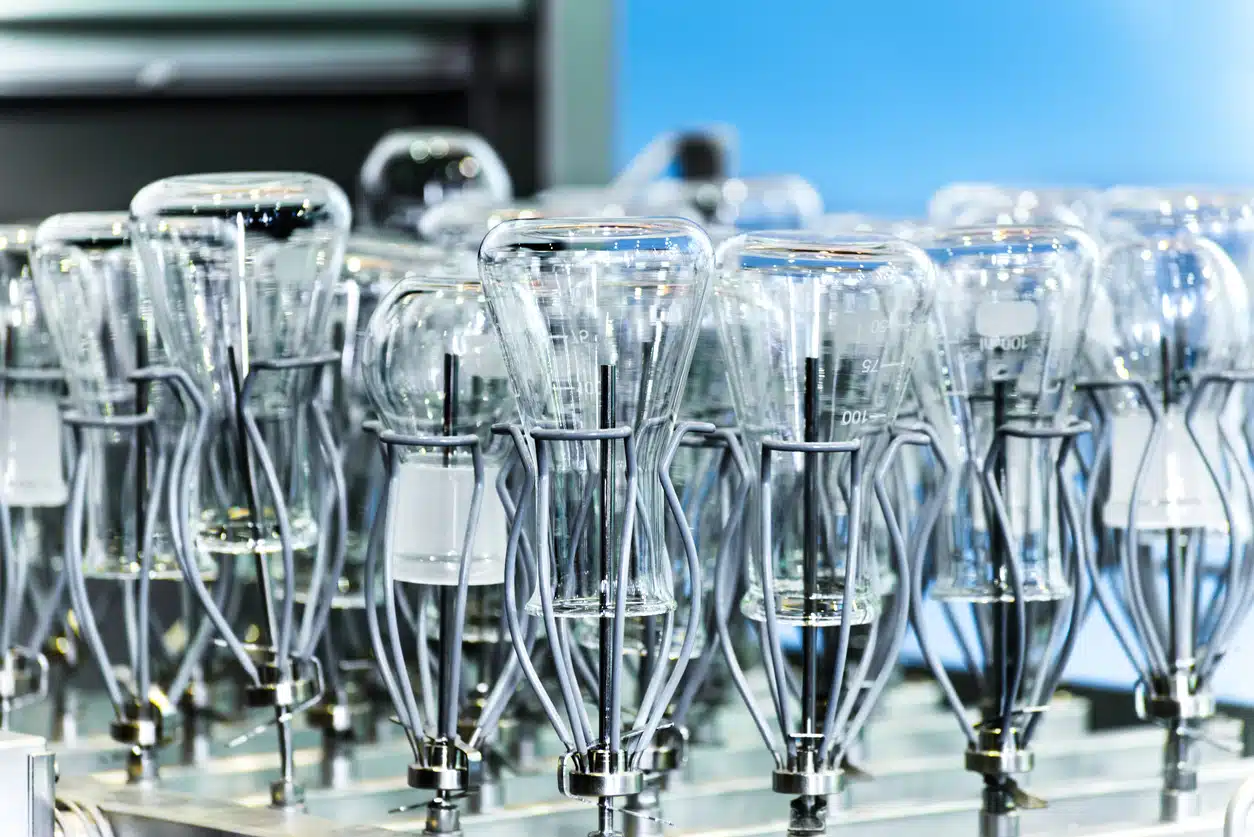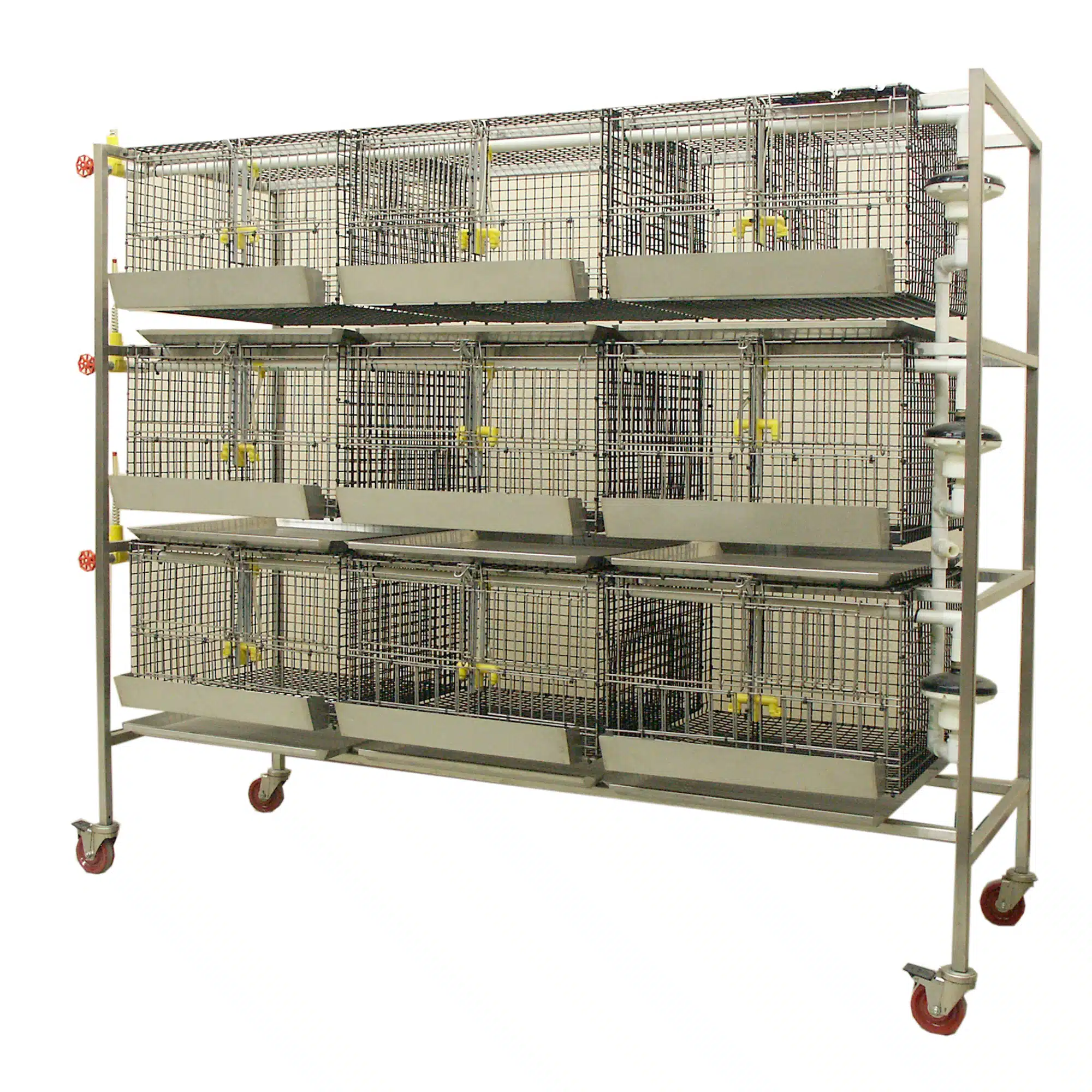
Introduction to Cannabis Drying Rooms
Drying is one of the essential steps in the cannabis production process because it preserves the quality of the final product sold to the consumer. However, perfecting a repeatable cannabis drying process can be challenging because critical details are often overlooked. There are many scientific factors at play when drying cannabis, including transpiration, relative humidity, temperature, air movement, and water activity. These factors are all related, so changing one will affect the others. Controlling environmental factors with cannabis drying rooms significantly helps a grower achieve reproducible drying. Reproducibility is critical because the goal is to sell a consistent product from each harvest.
The quality of a commercial cannabis grower’s product determines their long-term profitability. This does not mean growers with excellent products cannot go out of business. Instead, if their product is sub-optimal, consumer demand for the cannabis will be lower, negating other positive aspects of their production process. If consumers do not like the product, everything related to the company’s growth is pointless.
Drying cannabis is a delicate process. If a grower dries too slowly, they risk losing the entire crop to mold and fungus. However, if they dry too quickly, they will lose the flavor, smell, taste, and color needed to satisfy the consumer. Drying speed is determined by the environmental conditions in the drying room, which must be carefully controlled.
Cannabis contains around 80 percent water weight when it is first harvested. The goal is to have a product with a moisture content between 10 and 14 percent and a water activity level below 0.60. Moisture content refers to the amount of water in the buds, while water activity refers to the amount of water available for harmful microorganisms to reproduce. Read more about water activity here.
The trick to drying cannabis is to bring the plants’ moisture content down in a controlled manner tothe minimize the loss of terpenes and other desirable biomolecules, while drying fast enough to prevent the growth of mold and mildew.
Uniformity in the Drying Room
Uniformity in the drying room is critical as it leads to a product batch that is uniform in quality. One major issue that plagues drying rooms is the buds’ moisture content being non-uniform in different parts of the drying room. Drying room design can cause one section of the drying room to have a higher relative humidity than other sections . For example, if the overall airflow of the room is moving from right to left, the left side will receive more humid air because water is evaporating off the plants on the right side.
Uniformity also is reduced by unevenly distributed plant material in the drying room or plant material being packed too closely. Larger buds and larger plant sections will contain more water and must be evenly distributed with smaller cuttings. In addition, placing plant material too close together will inhibit airflow between buds, creating microenvironments of higher humidity in the drying room.
Drying room uniformity also saves money and streamlines the drying workflow because the entire harvest can be moved out of the drying room simultaneously. Rooms without a uniform drying setup require growers to move different sections at different times, which can be expensive and jeopardizes plant quality.
Drying room Setup Fundamentals
When building a drying room, the first thing a grower needs to consider is how much plant material needs to be dried and how often. This will determine the room size needed and whether multiple rooms are required. A professional consulting firm may suggest multiple drying rooms instead of one large room. Also, if an operation is large enough to have staggered harvests, the grower needs the capacity to dry on a strict schedule, and they have to sanitize the room(s) before the next harvest.
Once the drying weight requirements are determined, a drying room must have an adequate HVAC setup and dehumidification capable of handling the temperature and relative humidity of the maximum load on the space. The maximum load on the dehumidifiers will occur in the first 24 to48 hours post-harvest. During this time, about 50 percent of the moisture will be removed from the plants, putting a high load on the dehumidifiers. Growers can help control the moisture output of their plants by trimming excess fan leaves, but it is best practice to buy equipment with specifications to handle the maximum room requirements.
The ideal temperature of a cannabis drying room ranges from 55 to 65 degrees Fahrenheit (12.8-18.3 degrees C) with humidity between 50 and 60 percent. The optimal temperature and humidity for a drying room are determined by user preference and experimentation but should not change once agreed upon by a facility. The room’s equipment should maintain the proper temperature and humidity throughout the drying process within 1-degree C and 3 percent humidity.
Airflow is another critical component of a drying room. Both vertical and horizontal airflow need to be incorporated to maintain room uniformity. However, fans should not blow air directly onto the plants because it will cause them to dry too quickly. The goal is to crystalize the trichomes without agitating the buds or over-drying. Air filtration is also essential and can help with room sterility. Some rooms also incorporate positive pressure so contaminants can never blow in when the door is opened.
Finally, cannabis should be dried in the dark or at low light levels. Light, especially ultraviolet light, will reduce the potency of the flower. Low-intensity lights should be turned on only when checking plants and turned back off when exiting the drying room.
Environmental Controls in Trimming Areas
Ideally, the trimming area should be set to the same environmental conditions as the drying room. This prevents absorption or loss of additional water post-drying. The trimming area should be configured to be as close as possible — ideally identical — to the original drying conditions. Samples of flowers should be analyzed post-trimming to determine if any detrimental moisture changes have occurred during the trimming process.
Maximizing Space in the Drying Room: Wet Trimming on Trays vs Hang Drying
When it comes to drying rooms, growers should consider maximizing the limited space available. Traditional hang drying is still widespread in the industry. However, conventional hang drying is more than 60 percent less space efficient than wet trimming and drying on trays. This process removes the stems before drying, which frees up more drying room space for your flower. The final drying method often comes down to the grower’s preference, but with cannabis margins constantly shrinking, growers should weigh maximizing the productivity of their drying space.
At ARES Scientific, we have extensive experience supplying equipment and consultation to the pharmaceutical industry. We bring this experience to the cannabis industry, and our world-class manufacturers produce top-quality products for drying and analyzing cannabis. As the cannabis industry continues to become more regulated, product testing, quality control, and regulations will also continue to move toward mirroring the traditional pharmaceutical industry. This means switching to handling processes certified to leave no trace elements and analyzing equipment with high precision with traceable documentation.
One of our most popular cannabis products is WavDri trays from Metro. These trays are designed for cannabis drying rooms with a design that maximizes airflow to the flower. They also are food-contact certified, so you know that no harmful residues or chemicals are being transferred to your product. WavDri trays incorporate Microban technology to prevent the growth of mold and mildew. Trays fit together to rotate your flower during the drying process, with indicators to tell you which trays have been rotated. Finally, trays can be washed at temperatures up to 212 degrees F for easy cleaning.
To analyze your plants’ moisture content, we sell Ohaus moisture analyzers. Premier grow operations measure the exact moisture content of their flowers and perfectly time the drying process. Moisture analyzers allow you to determine how much moisture is lost between leaving your drying room and final packaging. This can then be compensated for in the drying process. Growing operations can save 2 percent of lost weight per year on this alone, which is 2 percent additional revenue.
Metro is also North America’s largest producer of custom shelving and storage. Metro designs custom storage racks, drying racks, and nursery shelving to maximize the productivity of your space. Even better, Metro shelving has an optional epoxy coating resistant to bacterial and mold growth. One of our most popular products is the Metro WavDri tray, which saves you space, is direct food contact certified, and discourages mold and bacteria growth with Microban.
Connect with us to streamline your grow operation process.


